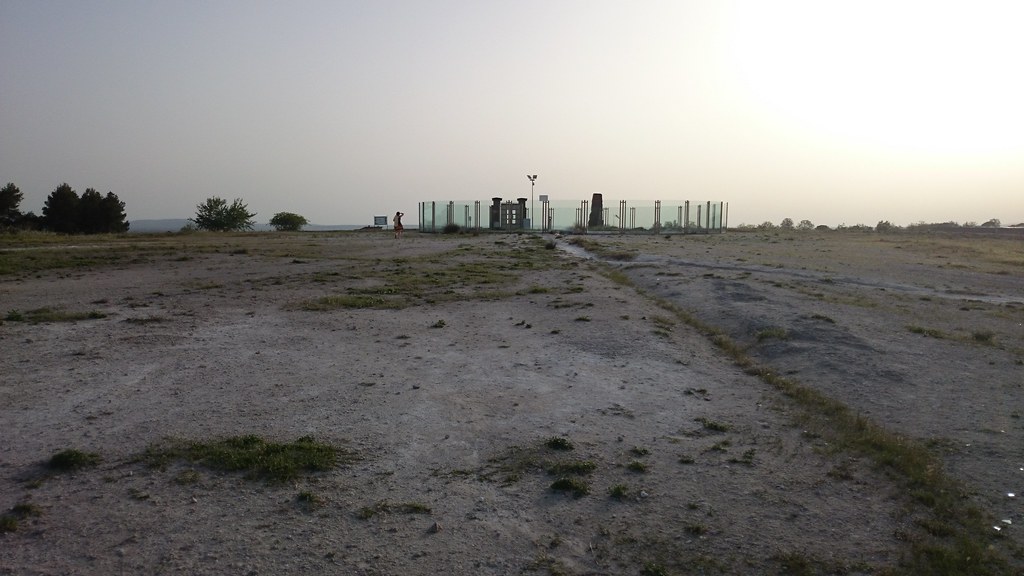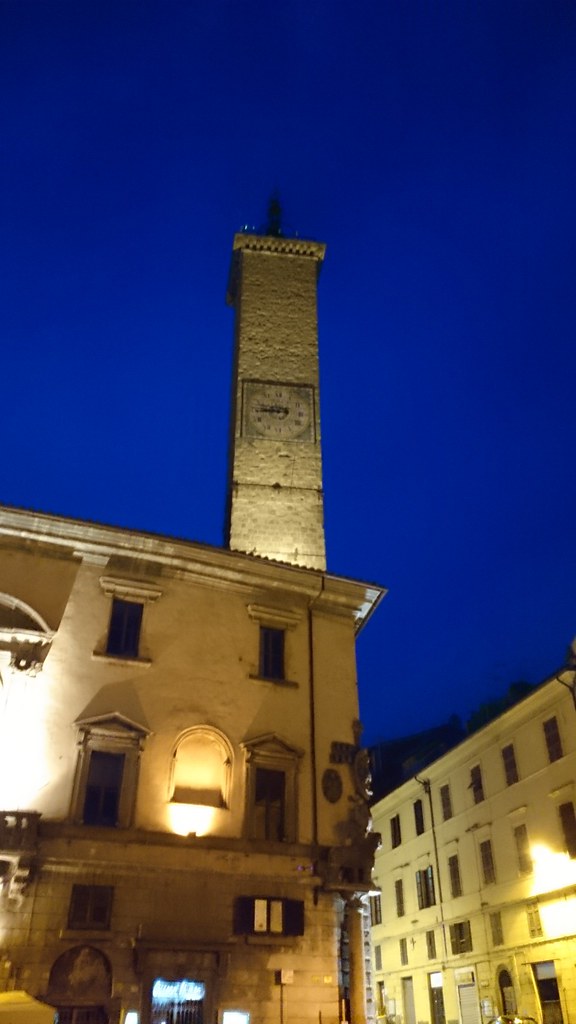Dommage
There's no bigger news than that concerning a perfect soaking area being overrun such that the managers are to contemplate closing the site all together. But that's what Iceland's tourist boom is increasingly resulting in, apparently.
The Reykjavik Grapevine (Jul. 5) has a feature on the placid Hrunalaug hot spring, they don't come better than this. Having visited here before there's precious little room for many tourists and probably you'll need a wait during the busy summer months. It's very much common sense.
Hrunalaug, cause moi needed a emoji. We were accompanied by hitchhiker and then friend Sydney, whom we picked up close to Seljalandsfoss.
The Grapevine article (based on an Icelandic interview) contains the following excerpts:
'The Hrunalaug hot spring has undergone so much damage from the sheer numbers of visitors it has received that the owners have considered bulldozing it over.
...
The problem stems primarily from tour groups, particularly when they arrive by the busload, being disembarked at the site to try it out'.
A pity this, but it's not the only overuse issue that Iceland's grappling with as they seek to emerge from a financial crisis with inbound tourism leading the way. It does prove that the days of the laissez faire approach may well be numbered.
Then hot off the press, Viterbo city council (we're in Italy now) have ordered per direct the Il Bagnaccio hot spring (see a recent posting from our website) management to quit and thus probably close the site. The next step seems unclear.
In
and around Viterbo lie quite a few hot springs which all seem to
operate under varying management schemes, most though not officially
recognised; certainly not legally. The municipality seems to have revoked any tacit agreement
and what will follow is unknown (Tusciaweb.eu, Jul. 14).
Understandably, soakers are in revolt. Petitions are to be signed. And according to the Il Bagnaccio website, local council have swiftly relented and set a date for closure somewhere in August. To be continued.
Judging
Less so in the headlines is what follows: a sample of what's making waves in the (natural) soaking spectra of Europe.
A feature on the famous baths of Budapest (Hungary) in the Budapest Times (May 17):
Understandably, soakers are in revolt. Petitions are to be signed. And according to the Il Bagnaccio website, local council have swiftly relented and set a date for closure somewhere in August. To be continued.
Judging
Less so in the headlines is what follows: a sample of what's making waves in the (natural) soaking spectra of Europe.
#grek #samothraki #island #road #terma #termal#natural #narsist #doğaNeed I mention Greece? From what seems a hot spring paradise, Samothraki, source
'Budapest and thermal spas belong together like egg white and yolk.The author continues to laud accolades to the Rudas baths and ends with this probably little known fact:
...
While in other European cities you might meet up for a coffee, in Budapest you go bathing together'.
'Every two weeks there is an occasion in Rudas that is not so old-fashioned. When the water is changed, the visitors defy the historic atmosphere. Hard liquor flows instead and a Wellness Party is held until early morning'.Oddly considering that Budapest hardly knows public bathing au naturel, but the city does make the list for the 10 best places to be naked in public without raising too many eyebrows (plaidzebra, Apr. 8).
Then from ThinkGeoenergy (Jun. 24) a note on Italian geothermal power:
'The net national production for geothermal increased by +4.4%'
#bagni #festa #bagni_bianco #fosso_bianco #siena #toscana #terme #san_filippo #giugno #italia #italiani #bella_calda #termenaturale
Iceland seems to need a paragraph or two of it's own; it's a place where things are happening ...
A
rating system for Reykjavik's public swimming pools (many are hot
spring fed or at the least have a hot spring fed tub on the premises) as published in Reykjavik's Grapevine (Apr. 7). The exhaustive list comes with this final caution:
'Please remember: YOU WILL WASH SANS BATHNG SUIT before entering any pool in Iceland. Those who fail to do so can expect to receive glances of deep hatred and disgust from locals. In Iceland, subjecting strangers to soaking in your dirt is not considered good manner'.
And that seems to be the focus of the Grapevine. It has more research on public bathing in Iceland (Apr. 22):
'Visits to the great public pools of Reykjavík have not increased anywhere near as much as city officials would have expected given the tourism boom. Why?One explanation is a fear of showering in the nude'.
That's
just one reason, others suggested are that the public baths are not
known enough or that foreigners fear the worst: cold pools.
'Whatever the reason, the municipalities in the Greater Reykjavík area have announced they will launch a joint marketing campaign to inform tourists of the opportunities of their many public pools'.
The article garners 38 responses. Some of the better replies:
'Grapevine, I love you, but you have done so many articles of late that are hyping up the "showering naked" factor that I almost wonder if you are contributing to tourists' phobias about the pools. The less information out there about showering naked, the better. If a tourist shows up at a pool, uninformed, pays admission and reaches the locker room, I highly doubt that he/she would leave upon seeing the nudity/shower situation. No hype = less terror....I think iceland needs to highlight why you're expected to wash-that there is no chlorine in the pools so bacteria doesn't really die off. Hardly anywhere does it explain this.....Why do I need to visit public pools in Iceland?....But I doubt the 'regular' pools, although naturally heated, are on a tourists must-do list, especially when there is so much to see and do already and limited time because it's so expensive in Iceland'.
Belongings
On a different matter, Reykjavik's Grapevine (Apr. 21) mentions that the possible threat to be charged cash money to enjoy Iceland's premier nature spots has dissipated:
'The long-contested and controversial “Nature Pass” has died in parliament, of natural causes'.
Other ideas flouted are an air ticket tax, it probably won't stem the tide but would generate revenue; however the devil would be in the details of spending ...
It would have meant that access to for instance Iceland's Geysir area would require an entrance fee. Talking of Geysir, UK's Daily Mail (Apr. 25) mentions a stunt of a Chilean artist:
🛁 #naturalhotspring #hotspringPay by view, Icelandic style? source
It would have meant that access to for instance Iceland's Geysir area would require an entrance fee. Talking of Geysir, UK's Daily Mail (Apr. 25) mentions a stunt of a Chilean artist:
'Marco Evaristti, [...] poured red fruit dye into the Strokkur Geysir, found around 70 miles to the north east of Reykjavik, at dawn.When they boiled, vibrant pink steam blew up from the ground as a result. Professing that 'nature belongs to no one', he did not seek permission from local authorities before the stunt'.
'The Secret Lagoon, located in the Golden Circle area, is a natural hot spring with the mission to keep it natural and unique so that guests can get the true Icelandic experience. I had never heard of the Secret Lagoon before, nor has anyone else I have talked to about it, but when I saw this steamy beauty show up on Instagram I knew I had to visit'.
Finally a taboo in the soaking community. Reykjavik Grapevine has a small article on sex and soaking (Jul. 14) especially with regard to the Blue lagoon:
'The reported “problem” of people having sex in the Blue Lagoon is vanishing, says an official for the popular tourist spot'.
I don't know where the Grapevine gets the reports from, but they seem to trying to make more of this than there is:
'“It hasn’t happened in many years [that we know of],” he said. “But if it happens, they’re immediately shown the way out.”
Far away out on the Atlantic, Portugal's Azores island of São Miguel the Poça da Dona Beija hot spring has been renovated. The dezeen magazine (Jun. 16) has an extensive article and photo's on the changes made. This soak has been bumped up my to soak list ...
#caldeira #velha #terme #Azzorre #portugal
Portugal's northern most districts and Spain's region of Galicia are seeking more cooperation on thermal enhancement so reports Termatalia (Apr. 1). Though it focuses mainly on joint surface water quality enhancement, promoting it's thermal waters is also included.
Sascha's soaks
Skléné Teplice, Slovakia
 The hot springs of Skléné Teplice are completely commercial and I would
recommend not mentioning them any more as “natural hot spring” on European Natural Soaking Society.
The hot springs of Skléné Teplice are completely commercial and I would
recommend not mentioning them any more as “natural hot spring” on European Natural Soaking Society.
The picture left shows the entry hall. You have to put off your shoes, before having paid 6,50 EUR in another building. Considering the fact that you are only allowed to stay not longer than 10 minutes in the water, this is quite expensive. Entrance is only possible once per hour. You have to lock your clothes, take a shower and then go into the pool hall.

The bottom is completely tiled. Only a part of the natural rock remains, the bottom of the rock was cut. The water is 42°C hot, but as said, there is unfortunately nothing natural except parts of the rock. After 10 minutes, you are gently reminded that the session is over and that you have to relax in a cave for 20 minutes.
 The hot springs of Skléné Teplice are completely commercial and I would
recommend not mentioning them any more as “natural hot spring” on European Natural Soaking Society.
The hot springs of Skléné Teplice are completely commercial and I would
recommend not mentioning them any more as “natural hot spring” on European Natural Soaking Society. The picture left shows the entry hall. You have to put off your shoes, before having paid 6,50 EUR in another building. Considering the fact that you are only allowed to stay not longer than 10 minutes in the water, this is quite expensive. Entrance is only possible once per hour. You have to lock your clothes, take a shower and then go into the pool hall.

The bottom is completely tiled. Only a part of the natural rock remains, the bottom of the rock was cut. The water is 42°C hot, but as said, there is unfortunately nothing natural except parts of the rock. After 10 minutes, you are gently reminded that the session is over and that you have to relax in a cave for 20 minutes.
 Outside, there are real natural hot springs that goes into a river, but
they are not accessible for the public. My evaluation: 0 of 5 stars
Outside, there are real natural hot springs that goes into a river, but
they are not accessible for the public. My evaluation: 0 of 5 stars
The picturesque town of Ronda (Andalusia, Spain) is to initiate a geothermal power project with a greenhouse spin-off according to ThinkGeoEnergy (Jun 18):
'By investing in a renewable source of power and heat, the industry can operate at low cost year around, reaping a huge advantage. The project seems to have run into several delays, due to licensing and administrative barriers, but now, funding has been secured'.
Trip to the Hot Springs in Santa Fe last week with these guys was amazing! #hotsprings #spain #aminiadventuresource













